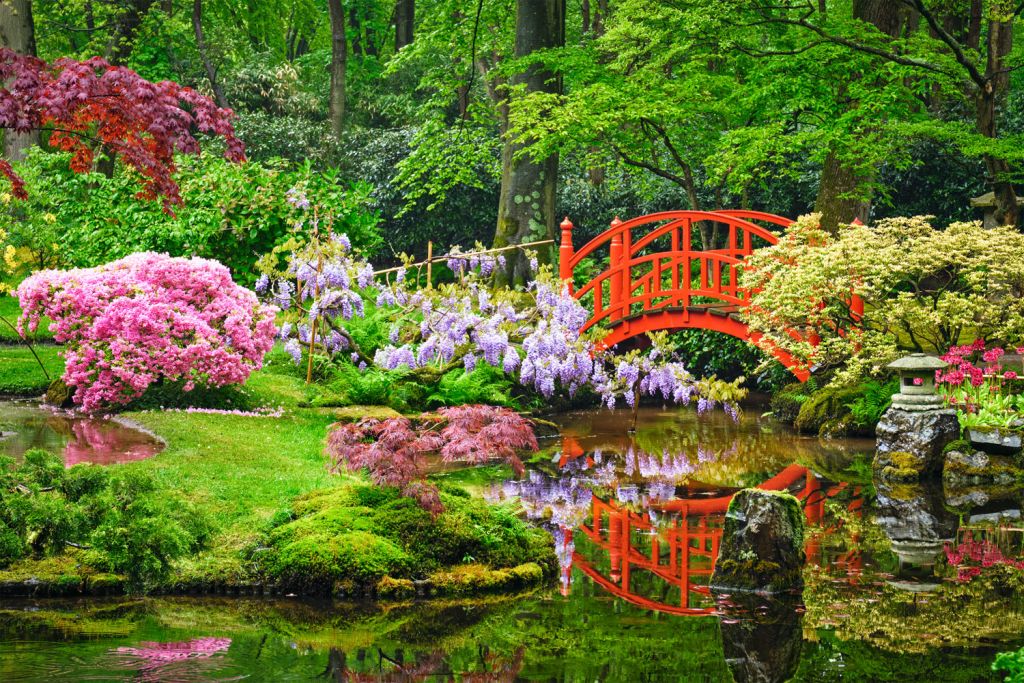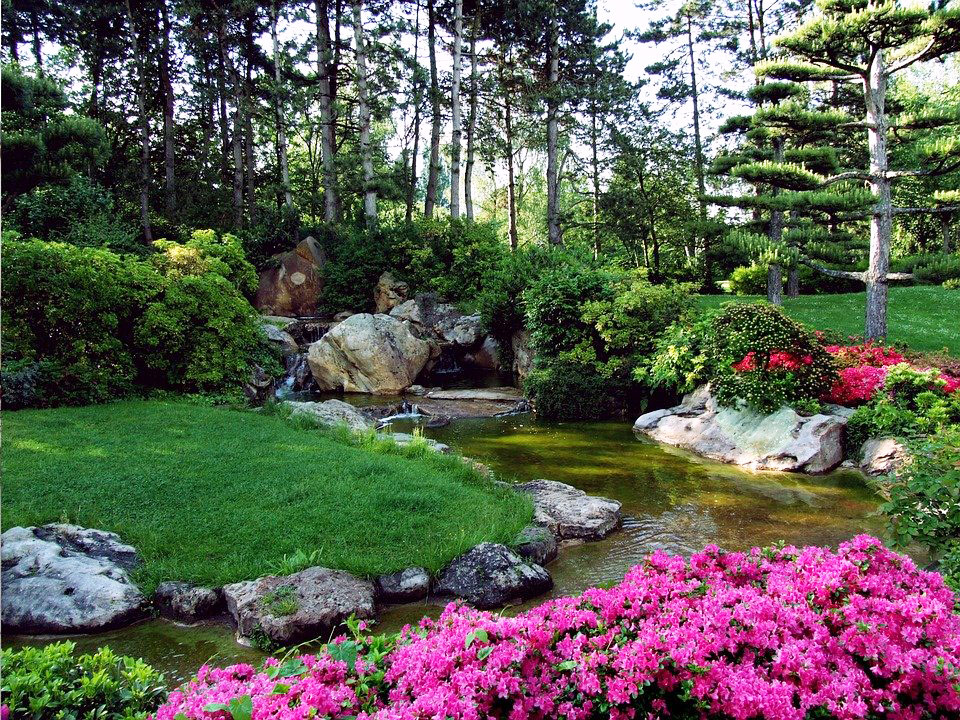
The market value of the health and wellness market in the UK is now worth over 25 billion euros, showing that an increasing number of people are investing more time and money into their mental and physical well-being.
The concept of ‘wellness’ itself is a hot topic today, as the term is often associated with precarious probiotics and supplements with questionable health benefits. This means that traditional techniques are often overlooked in favour of the latest wellness trend.
While Japanese gardening practices have been utilised in the East for hundreds of years, their benefits are only just becoming more widely known in the West.
That’s why the Indian Fire Bowl Company is offering their expertise on these ancient practices; helping you to work on your wellness in a healthy way in 2020.

The History of Japanese Gardening
The traditional Japanese garden, as we currently know it, has existed for well over 1,000 years.
Throughout periods such as the Asuka period, Meiji period and modern era, different styles of Japanese gardens have been developed and transformed into the landscapes you see today.
If you travel around Japan with a bit of prior knowledge, you will be able to distinguish between gardens that were designed in significant periods of the past and those that have been designed in the modern era.
However, there are some garden styles that you will only be able to see in paintings, as they were destroyed in periods of conflict in Japan.
These traditional Japanese gardens often have a common theme; they are designed to be areas of breathtaking natural beauty and evoke feelings of calm, serenity and peace for all visitors.
The Main Elements of a Traditional Japanese Garden and Their Benefits
Each element of a Japanese garden is carefully considered and has its own meaning. These elements are designed to interact together to create a peaceful environment for everyone to enjoy.
Rocks and Stones
Stones and rocks are often seen as burdens in the Western world; however, in Japanese culture, they hold great significance. They are said to ‘anchor’ the garden to the ground and give it a specific personality.
Japanese garden designers use stones carefully, and their positions are chosen according to their shapes and sizes. It’s also more desirable to have more unique or striking stones in your garden. Therefore, rocks such as granite and limestone are commonly featured in Japanese garden designs.
Water
When visiting Japanese gardens, you may find that many of them contain ponds, streams and delicate waterfalls.
In Eastern culture, water represents continuity and renewal, and the sound of a flowing stream is often associated with feelings of relaxation. These are just a few of the reasons why water features heavily in Japanese gardening, and it can provide benefits in modern garden design.
It isn’t always possible to include water in your landscape design. However, there are a few tricks that Japanese garden designers use to create this illusion. For example, a karetaki is the name for a ‘dry waterfall’, whereby stones and gravel are used to imply a downward flow of water.
Plants
Plants are given the utmost care and attention in Japanese gardens; therefore, you will find that all shrubs, flowers and trees are always perfectly pruned in these areas.
Not only does this make your garden look beautiful, but it’s also said that different plants represent personal joys and pains, as well as the different forms of life. Below are a few key plants that you can incorporate into your garden to take advantage of their benefits:
- Crab-apple (Hime-Ringo) – These are used to symbolise youth and renewal.
- Shrub-peony (Botan) – These are a symbol of prosperity.
- Lotus (Hasu) – These are considered to be a sacred plant in Buddhist culture. Use these to aid contemplation and meditation in your garden.
![]()




You must be logged in to post a comment.